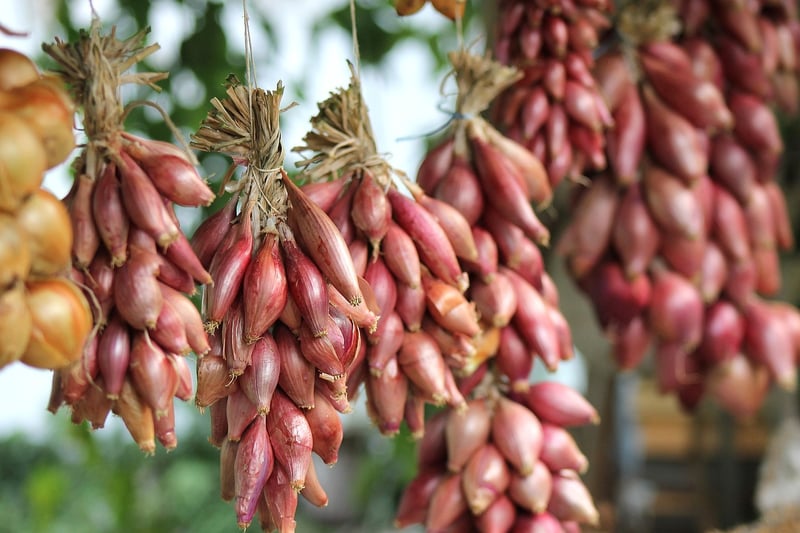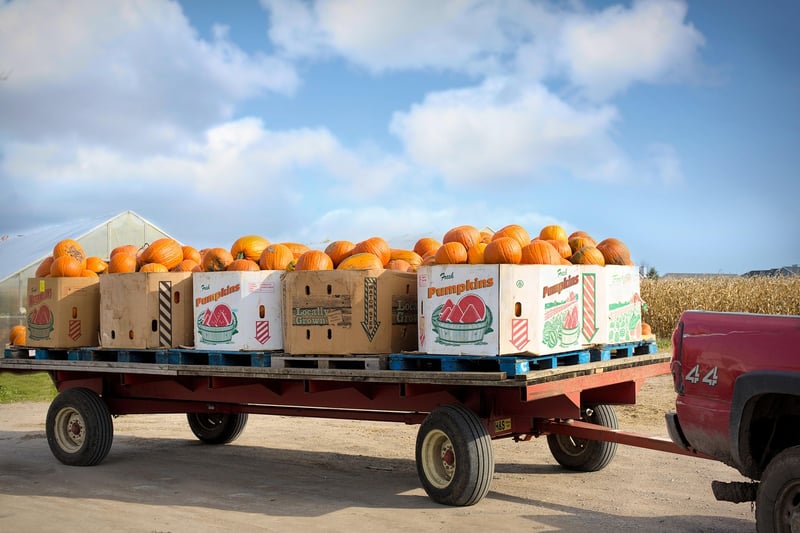Post-Harvest Storage
Maximizing Your Yields + Post-Harvest Storage
As a farmer or gardener, maximizing your yields is crucial for a successful harvest. Additionally, proper post-harvest storage ensures that your hard-earned produce remains fresh and of high quality for an extended period. Here are some tips to help you optimize your yields and store your harvest effectively.
Maximizing Yields
1. Soil Health: Start with healthy soil by regularly testing and amending it with nutrients to provide the best growing environment for your plants.
2. Proper Plant Spacing: Ensure adequate spacing between plants to prevent overcrowding, which can lead to competition for resources and reduced yields.
3. Watering and Irrigation: Consistent and appropriate watering is essential for plant growth. Use methods like drip irrigation to deliver water directly to the roots.
4. Weed and Pest Control: Keep weeds at bay and implement pest control measures to protect your plants from damage that can affect yields.
Post-Harvest Storage
1. Temperature and Humidity: Different fruits and vegetables have specific temperature and humidity requirements for storage. Research the ideal conditions for each type of produce.
2. Proper Packaging: Use breathable containers or bags for produce that needs airflow, and airtight containers for items that require higher humidity levels.
3. Storage Location: Store fruits and vegetables in a cool, dark place like a cellar or pantry to extend their shelf life.
4. Regular Inspection: Check stored produce regularly for signs of spoilage or rot, and remove any affected items to prevent the spread of decay.
Conclusion
By following these tips for maximizing yields and post-harvest storage, you can ensure a bountiful harvest and enjoy fresh produce well beyond the growing season. With proper care from planting to storage, your hard work will pay off with delicious, nutritious fruits and vegetables for you and your family.

Image source: Pixabay
